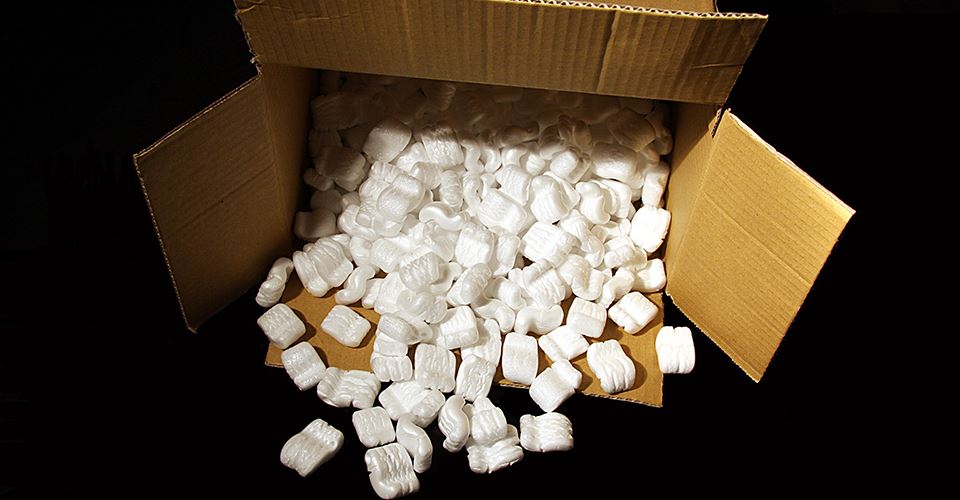
When packing, there is no formula to use for every item. Different belongings require different types of packing materials and procedures to keep them properly protected during your move. Some packing materials can be harmful or ineffective for certain items-find out what ones to avoid and when.
Used boxes can be useful but not the best option
While taking advantage of free boxes for your move is useful for some items, but not all boxes off protection to the items that are put in. They should be avoided when packing valuables and breakables. Free boxes are often used and can be flimsy and worn out.
Items you should avoid packing in used boxes include:
- Glassware
- Stemware (wine glasses)
- China
- Dishware
- Vases
- Mirrors and pictures
- Any glass, porcelain or ceramic knick knacks
- Electronics
TIP: When packing anything in a used box, be sure to reinforce the bottom with plenty of heavy-duty packing tape.
Newspapers can cause slight cosmetic damage
Newsprint is often used as a substitute for packing paper to wrap and protect fragile items. However, the ink can often rub off on your belongings and leave unsightly smudges and stains.
Instead, opt to use blank newsprint to wrap your breakables-you can purchase it at most office supply stores or packing material websites.
Bubble wrap is one of the best ways to protect your belongings
While bubble wrap is highly effective for protecting fragile items from sustaining damage, there are certain circumstances its use should be avoided:
Directly on the surface of glass. Before wrapping your glass table top in bubble wrap, be sure to first wrap it with packing paper or a moving blanket. Allowing the plastic air bubbles to come in direct contact with glass can leave unsightly impressions behind.
Directly on the surface of wood. While you may want to wrap your wooden table legs in protective bubble wrap to guard against dings and scratches, plastic materials should not be used directly against wood's surface. It can trap condensation and cause moisture damage to the delicate finish. In high temperatures, the plastic could even melt, with disastrous results. Before wrapping wood furniture, frames, etc. in bubble wrap, cover them with packing paper or moving blankets first--then follow with the bubbles.
Directly on the surface of artwork. The air pockets in bubble wrap can leave marks or impressions on unprotected artwork. Be sure to wrap any paintings in packing paper before using bubble wrap.
TIP: If you are concerned with bubble wrap's effect on the environment, there are greener alternatives. Water-soluble bubble wrap dissolves in liquid after use, leaving no carbon footprint behind.
Shrink wrap can be harmful to your items in heat
While shrink wrap can be effective for protecting your furniture and other items from dirt or damage, its use can also ruin certain surfaces. In high temperatures or humidity, shrink wrap can trap condensation and even melt.
You should never use shrink wrap on the following items:
- Wood furniture or any wood items
- Leather furniture
- Artwork
- Antiques
TIP: You may wrap these items in shrink wrap ONLY if they are protected by furniture blankets first.
Packing peanuts can be harmful to the environment
While foam peanuts are a popular filler for moving boxes, they are non-biodegradable and unhealthy for the environment.
Alternatives to foam packing peanuts include:
- Biodegradable packing peanuts. Made from corn starch, these foam alternatives will allow you to move guilt-free.
- Crumpled paper or newsprint. Balls of packing paper or unprinted newsprint make an effective cushioning for your boxed goods.
- Popped popcorn. Just make sure it's unsalted and unbuttered!
- Linens, blankets or towels can be stuffed into boxes to keep your belongings stationary during transit.
If you are using the standard form of packing peanuts for your move, you should recycle them-some retailers will accept your used peanuts and reuse them for their own shipping needs.